Narcisse Virgilio Díaz de la Peña (August 25, 1807–November 18, 1876) was a French painter. Diaz was born in Bordeaux of Spanish parents. At the age of ten, Diaz became an orphan, and misfortune dogged his earlier years. His foot was bitten by a reptile in Meudon wood, near Sèvres, where he had been taken to live with some friends of his mother. The bite was badly dressed, and ultimately it cost him his leg. Afterwards his wooden stump became famous. At fifteen he entered the studios at Sèvres, where the decoration of porcelain occupied him; but tiring of the restraint of fixed hours, he took to painting Eastern figures dressed in richly coloured garments. Turkish and Oriental scenes attracted him, and many brilliant gems remain of this period. At first a figure-painter who indulged in strong colour, in his later life Díaz became a painter of the forest and a tone artist of the first order. He spent much time at Barbizon; and although he is the least exalted of the half-dozen great artists who are usually grouped around that name, he sometimes produced works of the highest quality. About 1831 Díaz encountered Théodore Rousseau, for whom he entertained a great veneration, although Rousseau was four years his junior; but it was not until ten years later that the remarkable incident took place of Rousseau teaching Diaz to paint trees. At Fontainebleau Díaz found Rousseau painting his wonderful forest pictures, and determined to paint in the same way if possible. Rousseau, then in poor health, worried at home, and embittered against the world, was difficult to approach. Diaz followed him surreptitiously to the forest, wooden leg not hindering, and he dodged round after the painter, trying to observe his method of work. After a time Díaz found a way to become friendly with Rousseau, and revealed his eagerness to understand the latter's techniques. Rousseau was touched with the passionate words of admiration, and finally taught Diaz all he knew. Díaz exhibited many pictures at the Paris Salon, and was decorated in 1851. During the Franco-German War he went to Brussels. After 1871, his works became fashionable and rose gradually in the estimation of collectors, and he worked constantly and successfully. In 1876 he caught cold at his son's grave, and on November 18 of that year he died at Menton, where he had gone to recover his health. Díaz's finest pictures are his forest scenes and storms, and it is on these, and not on his pretty figures, that his fame is likely to rest. There are several fairly good examples of the master in the Louvre, and three small figure pictures in the Wallace Collection, Hertford House. Perhaps the most notable of Diaz's works are "La Fée aux Perles" (1857), in the Louvre; "Sunset in the Forest" (1868); "The Storm" and "The Forest of Fontainebleau" (1870) at Leeds. Diaz had no well-known pupils, but Léon Richet followed markedly his methods of tree-painting, and Jean-François Millet at one period painted small figures in avowed imitation of Diaz's then popular subjects.
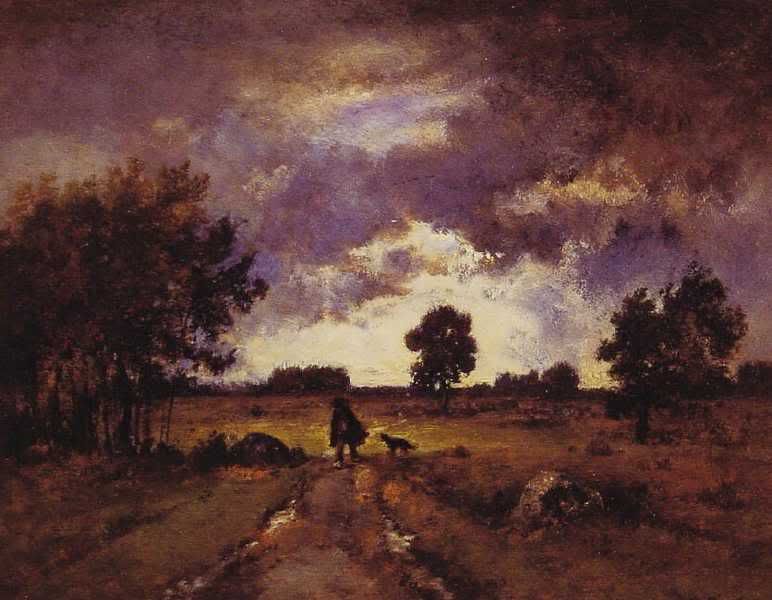
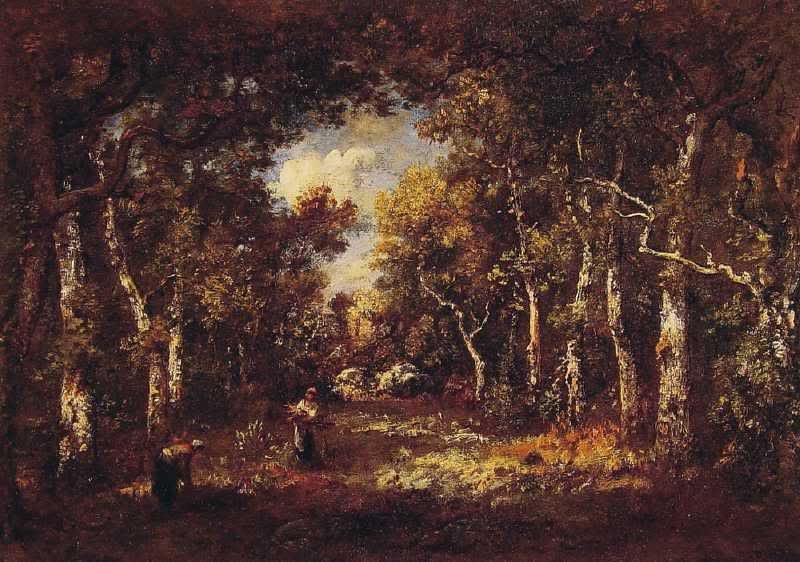
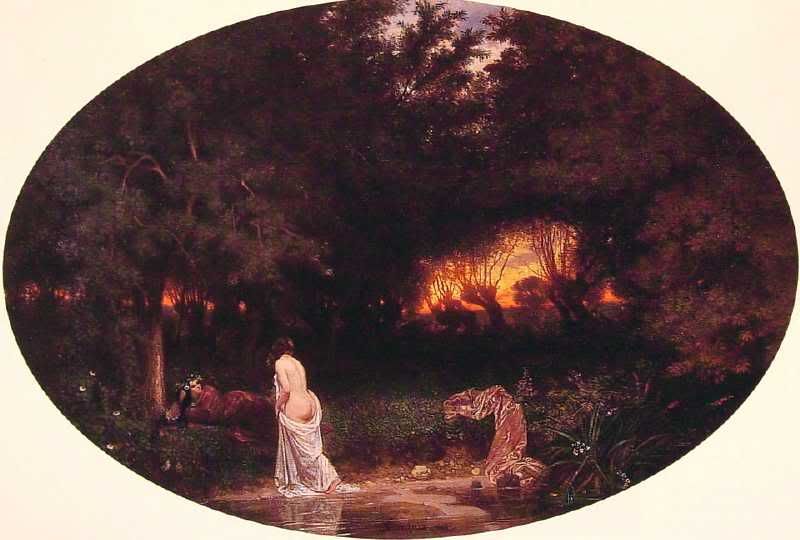
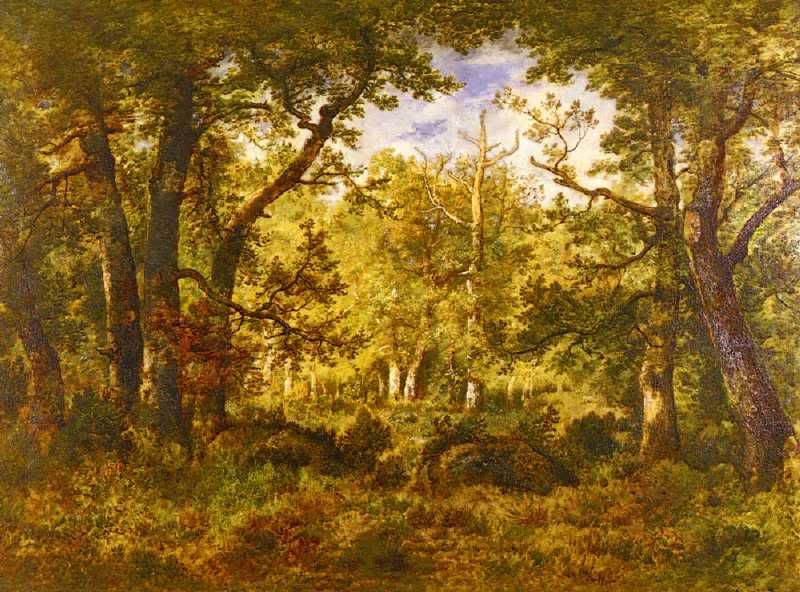
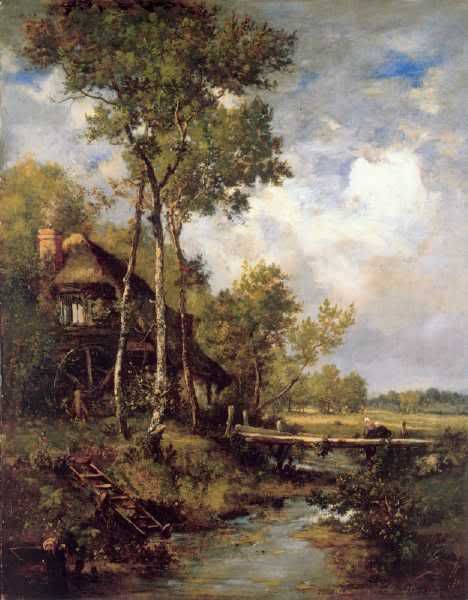
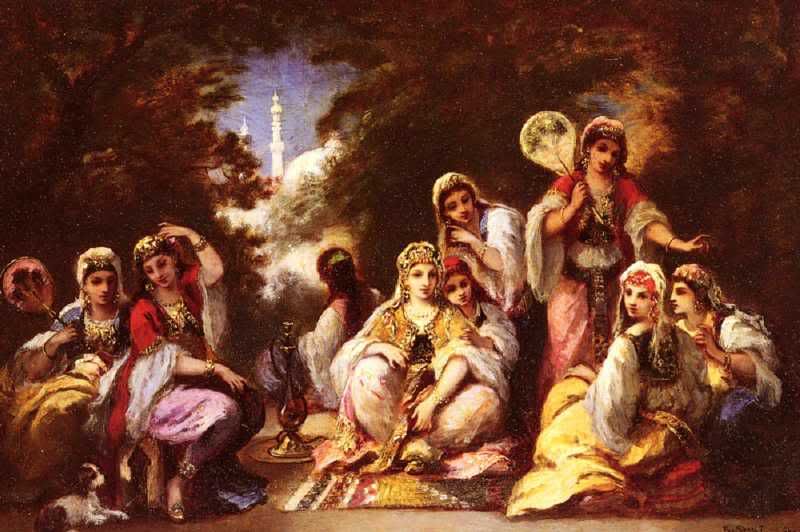
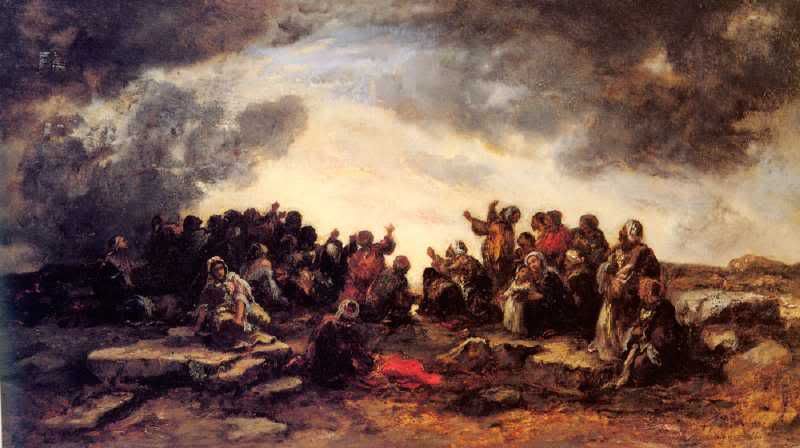

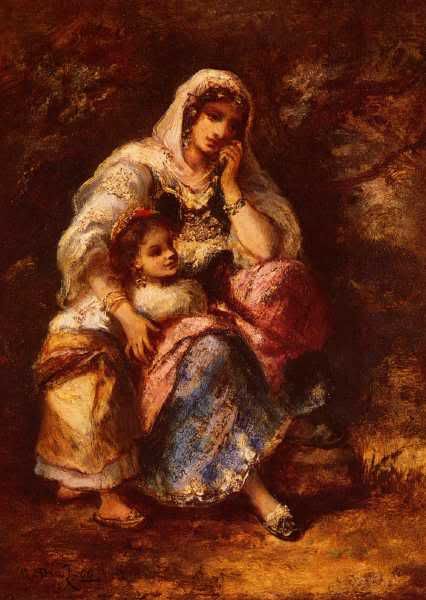
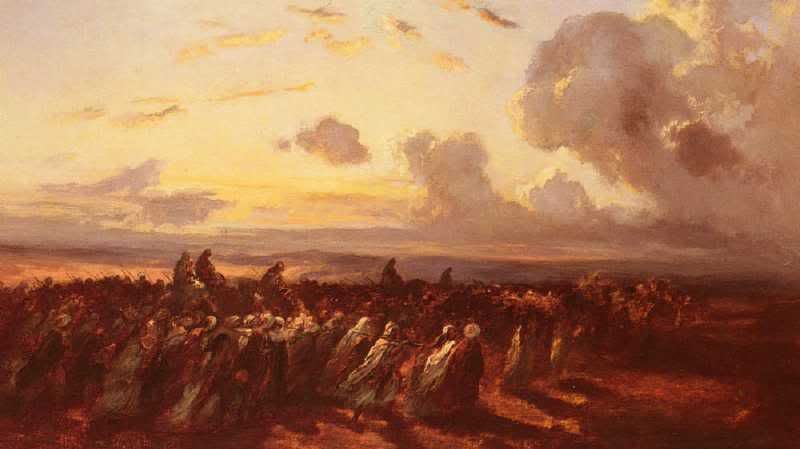

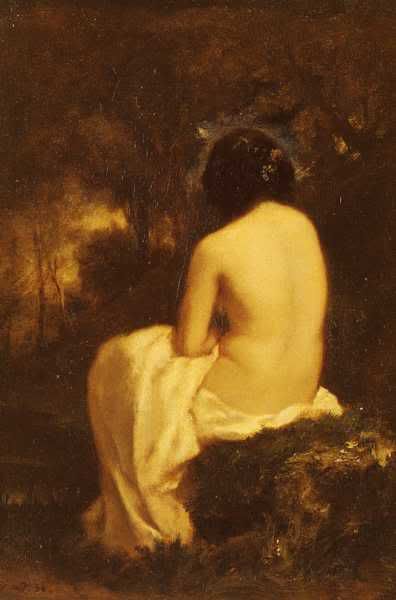
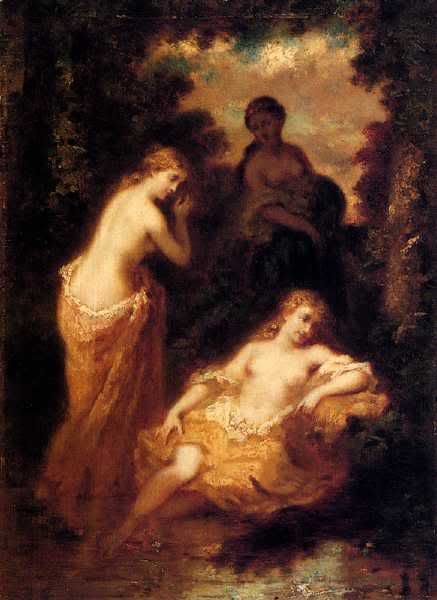
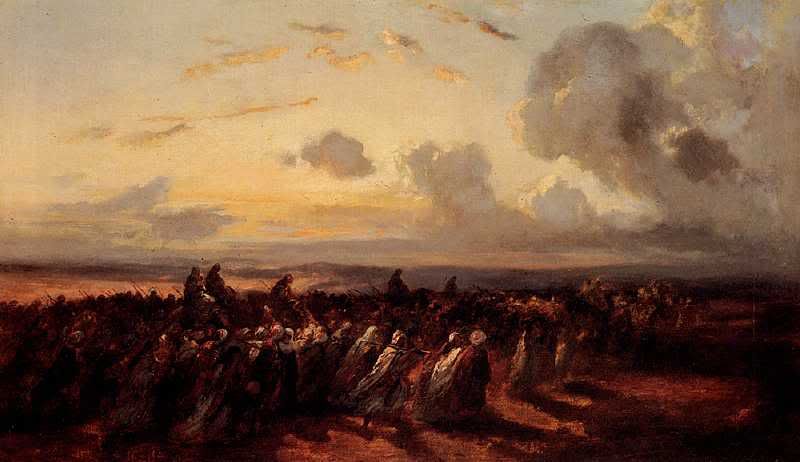
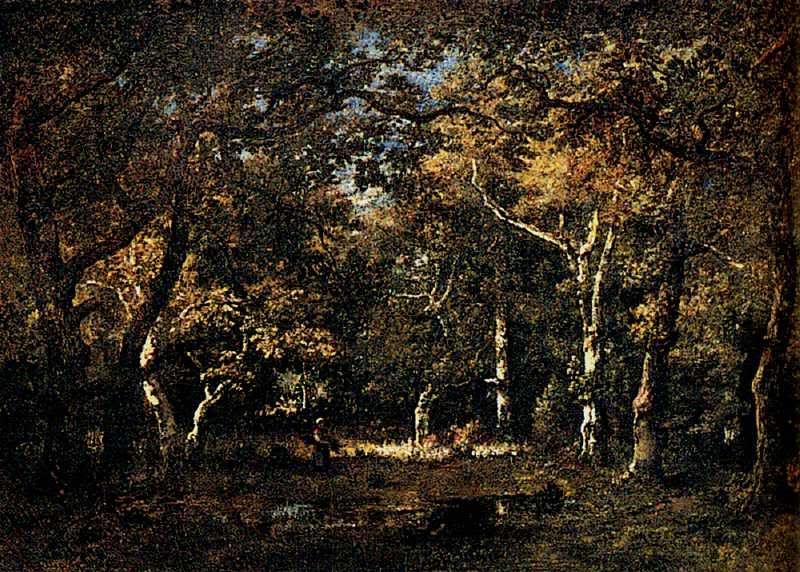
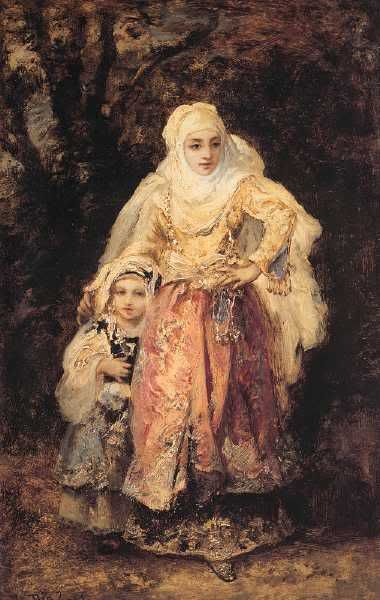

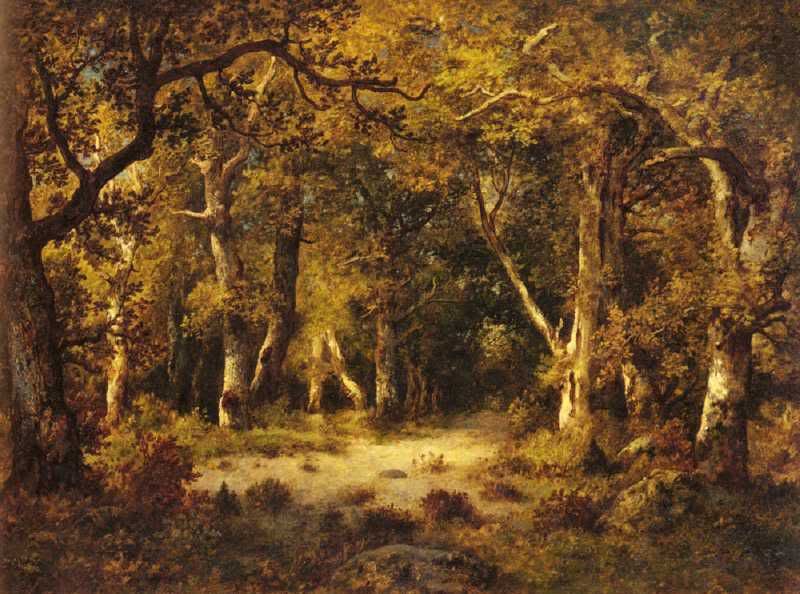







0 comments:
Post a Comment